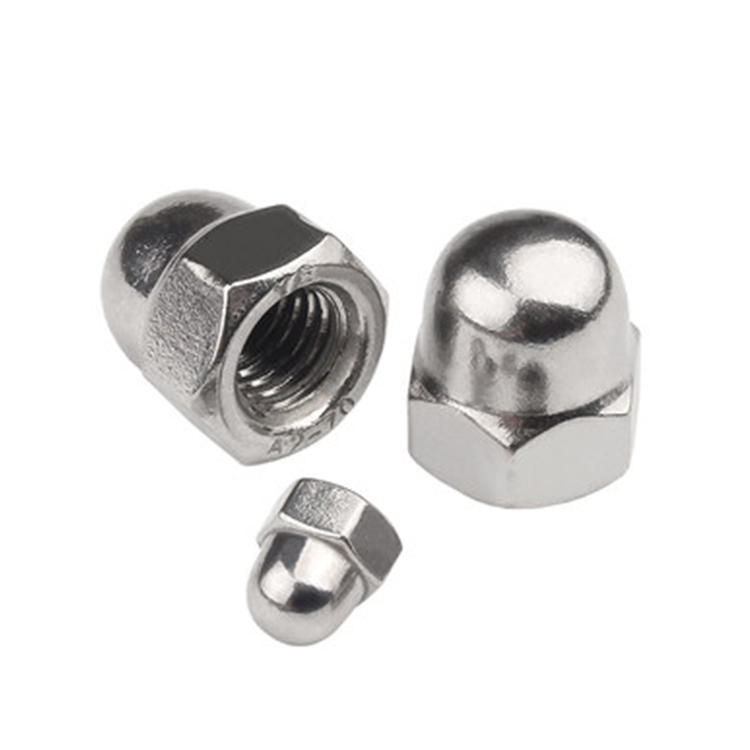Bridge is a poker game in which four players are divided into two pairs. The following is the basic knowledge of bridge play:from BL777 Casino Looking at the development prospects, the future will always bring positive effects. https://www.bl77777.com/
1. Distribution of cards: A deck of 52 standard playing cards, with 13 cards for each player. The licensing order is clockwise, starting from Nanjia.
2. Card size: In bridge, the order of card size is A (maximum), K, Q, J, 10, 9, 8, 7, 6, 5, 4, 3, 2.
Basic knowledge of bridge play
3. Card colors: The colors in bridge are divided into spades, hearts, diamonds and clubs, and there is no difference in size.
4. Bidding stage: The purpose of bidding is to let your partner know your card strength and jointly determine a contract (that is, the number of winning cards promised by both parties). Bidding starts from the player on the dealer’s left and proceeds clockwise. Bidding includes suit and rank. Suits are divided into spades, hearts, diamonds, clubs and No Trump, with ranks ranging from 1 to 7. In the bidding process, the suit and level cannot be repeated, but you can call (call a higher level on the same suit) or jump (skip some levels and call a higher level directly).
5. Contract: After three rounds of bidding, if no player calls for a higher level, the last player who calls out the suit and level will get the contract. If the bid reaches level 7, the contract will be obtained directly.
Basic knowledge of bridge play
6. Holding cards: The player who wins the contract becomes the banker, and his partner is called the master. The dealer can choose to show the cards of the Ming hand for all players to see.
7. Playing cards stage: the dealer’s next family begins to play cards, and then plays cards in clockwise order. Every round of playing cards, players must play cards of the same suit. If they don’t have this suit, they can play cards of other suits. In each round of playing cards, the card with the largest face wins the round, and the player who wins the round plays cards first in the next round.
8. Scoring: Calculate the score according to the contract and the number of cards actually won. If the dealer completes the contract, the score will be calculated according to the level and whether it is doubled or redoubled. If the contract is not completed, the other party scores.
Basic knowledge of bridge play
9. Double and double again: In the bidding stage, any player can double or double the dealer’s contract, which will increase the score of the game.
Expand knowledge:
The scoring rules of bridge are complicated, including partial score, red heart score and black heart score. In addition, there are various bidding systems in bridge competitions, such as natural bidding method and accurate bidding method, which have different bidding rules and conventions. Bridge players need to master basic card skills and strategies, such as counting card points, card type distribution, defense skills and so on. With the improvement of the level, players can also learn more advanced bridge skills, such as squeezing cards and flying cards.




